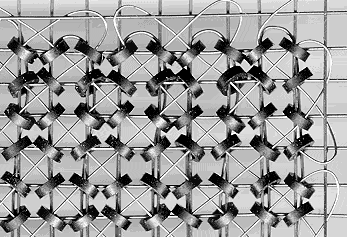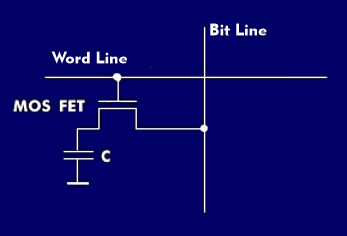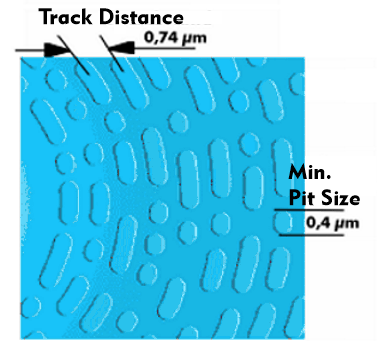storage element
A memory element is the smallest part of a memory that cannot be further divided. It is used to store two states, i.e. a binary unit, a bit. In the early days of memory technology, this basic element was formed by a ferrite core whose magnetic property, remanence, allows two stable states. These memories were called core memories because of their ferrite cores.
Storage on magnetic data carriers such as hard disks, floppy disks or magnetic tapes works in a comparable way. In these data carriers, iron oxide particles are magnetized.
Magnetoelectric random access memories( MRAM) use a similar principle in which information is stored by means of magnetic polarization. In this process, two thin magnetic layers are magnetized and polarized by the smallest currents. In contrast, FeRAMs work with ferroelectric fields, which change the crystal structure of certain materials with an electric field.
Semiconductor memories use an electronic flip-flop circuit, known as a flip-flop or bistable multivibrator, as their basic element. Such a circuit knows two stable states, representing the binary states 0 and 1. The states are kept stable as long as the memory element is supplied with a voltage. The state can be read out or changed to the second stable state via appropriate electronics.
DRAMs also use an even simpler principle based on the charging of miniature capacitors in which the charge can be held for a short time. These memory elements are also known as unit memory cells or bit cells.
In optical memories, storage elements are the combinations of pits and lands. The pits are burn-in holes of the laser beam that change the beam reflection during readout.
Other developments rely on holographic memories and on a passive device, the memristor, in which the direction of the electrical charge is detected, retained and used as a memory function.



